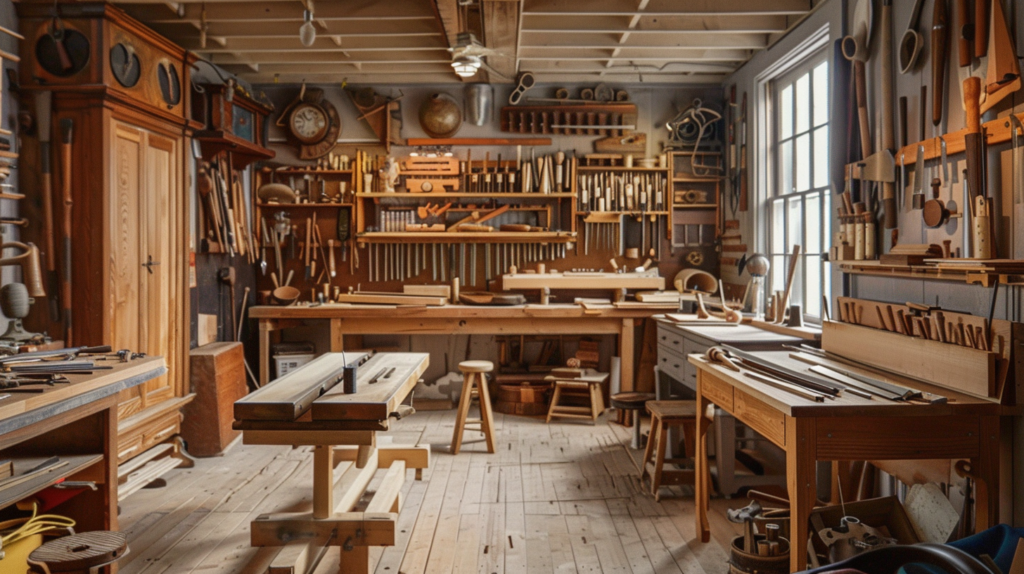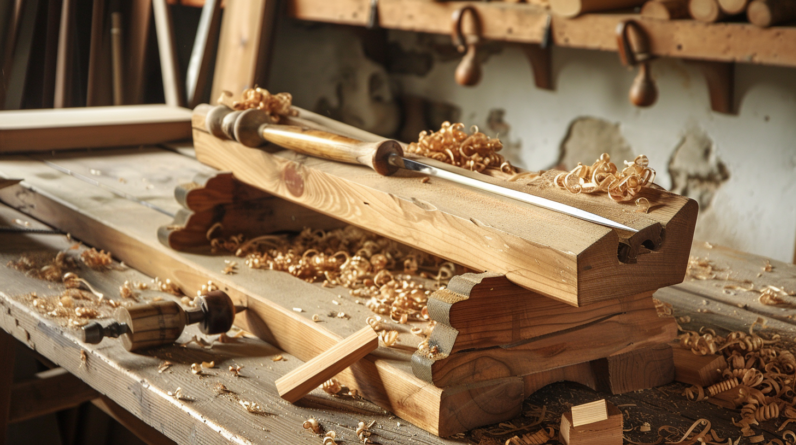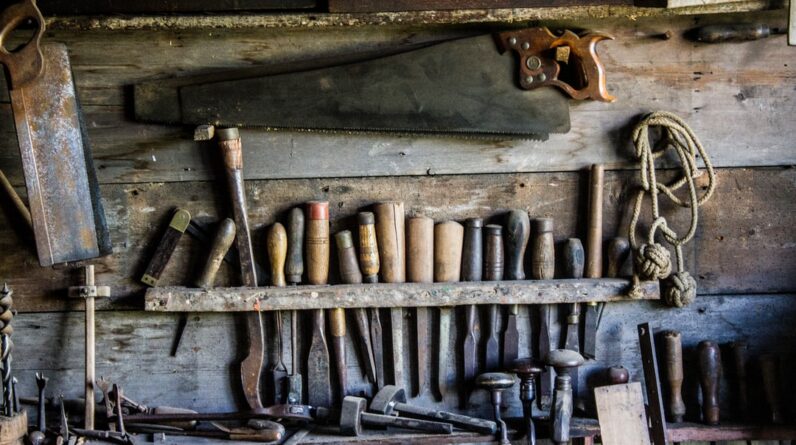Classic woodworking is a timeless art that has been passed down through generations. It involves using traditional techniques and tools to create beautiful pieces of furniture or other wooden objects. In this blog post, we will explore the world of classic woodworking, from its rich history to modern-day applications. Let’s dive in!
Contents
Introduction to Classic Woodworking
Classic woodworking is an ancient craft that requires skill, patience, and attention to detail. It uses hand tools such as chisels, saws, and planes to shape and carve wood into intricate designs. Unlike modern woodworking, which relies heavily on power tools, classic woodworking emphasizes precision and control. The results are stunning pieces that stand the test of time.

Inspiration From the Past: The Masters of Classic Woodworking
Throughout history, many masters of classic woodworking have left their mark on the industry. One notable figure is John Henry Belter, a German-born cabinetmaker who immigrated to America in the mid-19th century. Belter was known for his elaborate Rococo Revival-style furniture, which featured ornate carvings and gilt decoration. Another influential figure was Duncan Phyfe, a Scottish-American cabinetmaker specializing in Neoclassical design. Clean lines, symmetry, and minimal ornamentation characterized his work.
Advice for Today’s Makers: Tips and Tricks for Mastering Classic Woodworking Techniques
While classic woodworking may initially seem daunting, with practice and perseverance, anyone can become skilled in the art. Here are some tips and tricks to help you get started:
Start with simple projects: Don’t tackle complex designs immediately. Instead, start with basic projects like a birdhouse or a small box. This will give you a chance to practice your technique without getting overwhelmed.
Use good-quality tools: High-quality tools can make all the difference in classic woodworking. Invest in solid steel chisels, saws, and planes designed for fine woodwork.
Take your time: Classic woodworking is not a race. Take your time and focus on accuracy rather than speed. With each piece you create, you will develop greater confidence and skill.
Conclusion: Why Classic Woodworking is Still Relevant in Modern Times
Despite the rise of mass production and industrialization, classic woodworking remains relevant today. There is something inherently satisfying about creating something with your own hands, and classic woodworking allows you to do just that. Additionally, classic woodworking offers a sense of connection to the past as you learn techniques handed down through generations. Whether you want to create heirloom-quality furniture or want to hone your skills as a maker, classic woodworking is a rewarding pursuit that will challenge and inspire you.



